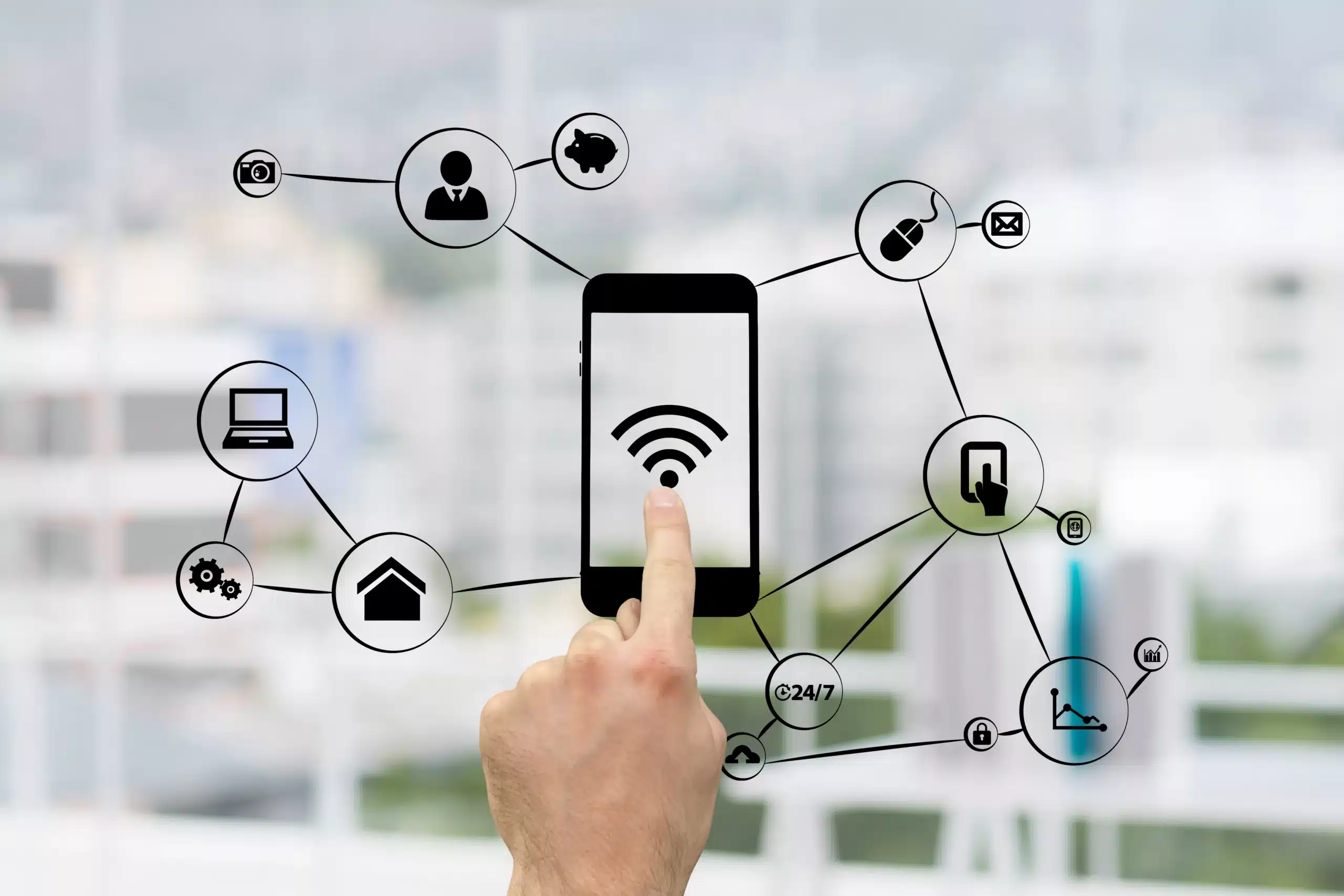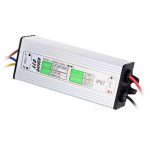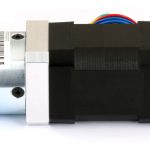
Introduction
In the ever-evolving technological landscape, the Internet of Things (IoT) has emerged as a milestone, connecting devices and systems for seamless communication and data exchange. At the heart of this interconnected ecosystem lies wireless connectivity solutions, enabling the implementation and functionality of IoT devices across various industries. From smart homes to industrial automation, healthcare to agriculture, wireless connectivity solutions have revolutionised interaction systems in multiple aspects. This article outlines the key wireless connectivity solutions for IoT, powering the IoT revolution.
Understanding IoT and Wireless Connectivity: The Significance
The Internet of Things incorporates a vast network of devices, sensors, and machines that exchange data over the Internet. This ultimately results in generating insights–driving informed decision-making. Wireless connectivity serves as the backbone of the IoT ecosystem, communicating devices without physical wires constraints. The convergence of wireless connectivity and IoT is not just a technological evolution but a revolution significantly transforming industries, societies, and lifestyles.
Wireless connectivity solutions are of significant importance as they are essential for the growth and effectiveness of the IoT ecosystem. They enable seamless communication, data exchange, and control among a plethora of devices, fostering innovation and improving efficiency in various industries and applications.
Types of Wireless Connectivity for IoT: Best-in-Class Technologies
Among various wireless connectivity technologies, the following are the most popular solutions for IoT:
- Wi-Fi: Ubiquitous and Versatile Technology
Wi-Fi, a ubiquitous technology synonymous with wireless connectivity, offers versatile applications enabling IoT. With widespread availability and high data transfer rates over short distances, Wi-Fi is a popular choice for users with extensive applications in smart homes, public spaces, offices, and commercial sectors. It allows devices to connect seamlessly to the internet, facilitating remote control and data collection. However, Wi-Fi’s continuous power needs and power consumption can be challenging for battery-powered IoT devices that require prolonged operational life.
- Cellular Networks: Global Connectivity
Cellular networks step in for IoT devices that require ubiquitous connectivity beyond the confines of Wi-Fi or Bluetooth. Technologies like 4G LTE and the emerging 5G provide reliable wide-area coverage and connectivity globally. Cellular IoT is well-suited for optimising critical applications in various domains, including vehicle tracking, remote monitoring and surgery, and smart cities, where long-distance data transmission is required. These technologies can handle many devices simultaneously with ultra-reliable low latency communications.
- Bluetooth: Short-Range Efficiency
Like Wi-Fi, Bluetooth technology provides short-range and low-power wireless communication. BLE (Bluetooth Low Energy) has transformed IoT devices due to their high-efficiency nature. BLE is widely used in wearable devices and smart sensors for health monitoring, asset tracking, and more. With mesh network creation, Bluetooth low energy enables the device to relay data across longer distances without connecting to the central hub.
- Zigbee: Creating Mesh Networks
Zigbee is a low-power, short-range wireless technology with mesh networking capabilities–allowing devices to act as repeaters. This capability extends the network range and coverage without consuming excessive power, ensuring robust communication even in challenging environments. Zigbee is widely adopted in home automation systems, smart lighting, and industrial applications, where numerous devices need to communicate reliably within a confined area.
- LoRaWAN (Long Range Wide Area Network): Long Range, Low Power
LoRaWAN is tailor-made for applications demanding both long-range connectivity with minimal power consumption. Its ability to transmit data over several kilometres without significantly draining device batteries makes it a preferred solution in the IoT landscape. LoRaWAN excels in scenarios requiring data processing/collection over vast geographical areas, such as agricultural fields or environmental monitoring systems.
Advancements and Innovations in Wireless IoT Connectivity
Wireless IoT connectivity has witnessed various improvements and innovations due to its ever-evolving technology. Some of these developments include:
- 5G Connectivity: The 5G networks have incredibly transformed wireless IoT connectivity with their high speeds, lower latency, and support for a great range of devices. 5G has opened doors to unimaginable theories in real-time applications like remote surgery, autonomous vehicles, and immersive augmented reality experiences.
- Edge Computing: Edge computing complements wireless connectivity with unparalleled benefits and features. Edge computing process data closer to the source, reducing latency and optimising bandwidth usage. These capabilities make them crucial for time-sensitive applications like industrial automation and real-time monitoring.
- Security Enhancements: Solutions like end-to-end encryption, secure bootstrapping, and device identity management are integrated into wireless connectivity protocols to mitigate security risks. Apart from the mentioned innovations, the latest developments include satellite IoT, AI and machine learning, and more.
Future Trends and Concluding Remarks
Wireless connectivity for IoT is indispensable in shaping the IoT ecosystem. The journey towards a genuinely interconnected world is well underway, with a diverse range of wireless connectivity options tailored to specific requirements.With the ever-evolving and dynamic nature of bespoke technologies, it is certain to expect further innovations that address the current challenges, creating once-unimaginable opportunities.




















